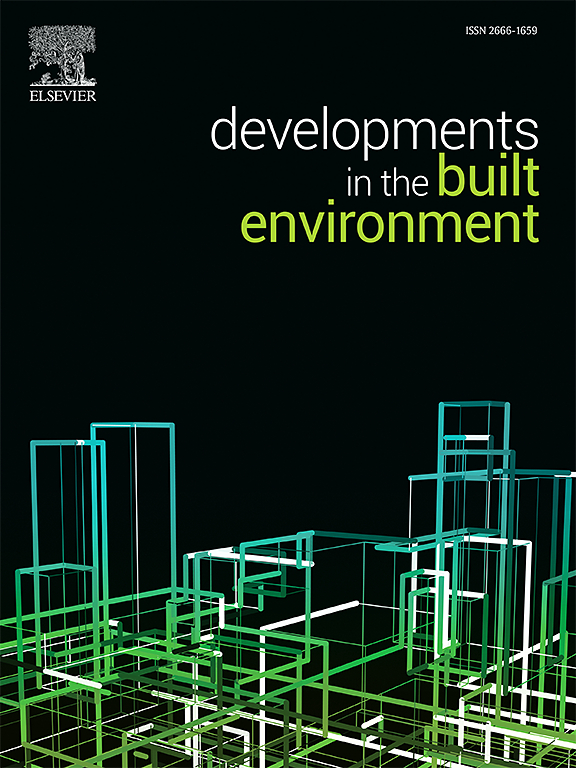战略运营建设物流控制塔
IF 6.2
2区 工程技术
Q1 CONSTRUCTION & BUILDING TECHNOLOGY
引用次数: 0
摘要
建筑企业在满足建筑需求方面存在问题,供应链管理的承诺在实践中有时只能得到充分发挥。本文研究了一种称为施工物流控制塔(CLCT)的IT人工制品。CLCT是一个控制塔,专门用于优化整个供应链的建筑物流活动。我们区分了四个潜在的建筑物流应用领域,并因此描述了CLCT的四个潜在变体。我们通过应用一种共同创造的形式来设计和缩小这些选择,在这种形式中,涉众为感兴趣的工件设计和设置需求。我们的目标是为企业架构中的战略和操作形式开发一个参考架构。我们专注于基于运输的CLCT,它有一个战略组成部分,即,它预测和管理与建设有关的长期物流活动,以及一个操作组成部分,即,它操作和执行日常运输过程以支持建设活动。我们的工作提供了一个描述该CLCT变体的主要功能的核心企业架构图。接下来,我们发现要实现这样一个系统需要结合三个关键技术:建筑信息模型、地理信息系统和交通管理系统。我们讨论了集成过程中的潜在障碍,并思考了可能的解决方案。最后,我们设想这样一个CLCT的构建采用自下而上和自上而下的方法,但至少应该得到一个大型利益相关者联盟的支持,从他们的利益出发构建和支持系统。本文章由计算机程序翻译,如有差异,请以英文原文为准。
Strategic and operational construction logistics control tower
Construction companies have issues meeting building demands, and supply chain management promises are only sometimes fully utilized in practice. This paper investigates an IT artefact called the Construction Logistics Control Tower (CLCT). A CLCT is a control tower artefact specifically focusing on optimizing construction logistics activities across the supply chain. We distinguish four potential construction logistics application fields and, therefore, describe four potential variants of the CLCT. We design and narrow down these alternatives by applying a form of co-creation in which stakeholders design and set requirements for the artefact of interest. Our goal is to develop a reference architecture for the strategic and operational form in Enterprise Architecture. We focus on a transportation-based CLCT, which has a strategic component, i.e., it predicts and manages long-term logistics activities regarding construction, and an operational one, i.e., it operationalizes and executes daily transportation processes to support construction activities. Our work provides a core enterprise architecture diagram describing this CLCT variant’s main functionalities. Next, we find that three key technologies need to be combined to realize such a system: Building Information Modelling, Geographic Information System and Transportation Management System. We discuss potential hurdles in the integration process and reflect on potential solutions. In the end, we envision that the construction of such a CLCT takes both a bottom-up and top-down approach but at least should be supported by a large consortium of stakeholders, constructing and supporting the system from their interests.
求助全文
通过发布文献求助,成功后即可免费获取论文全文。
去求助
来源期刊

Developments in the Built Environment
Multiple-
CiteScore
7.40
自引率
1.20%
发文量
31
审稿时长
22 days
期刊介绍:
Developments in the Built Environment (DIBE) is a recently established peer-reviewed gold open access journal, ensuring that all accepted articles are permanently and freely accessible. Focused on civil engineering and the built environment, DIBE publishes original papers and short communications. Encompassing topics such as construction materials and building sustainability, the journal adopts a holistic approach with the aim of benefiting the community.
 求助内容:
求助内容: 应助结果提醒方式:
应助结果提醒方式:


